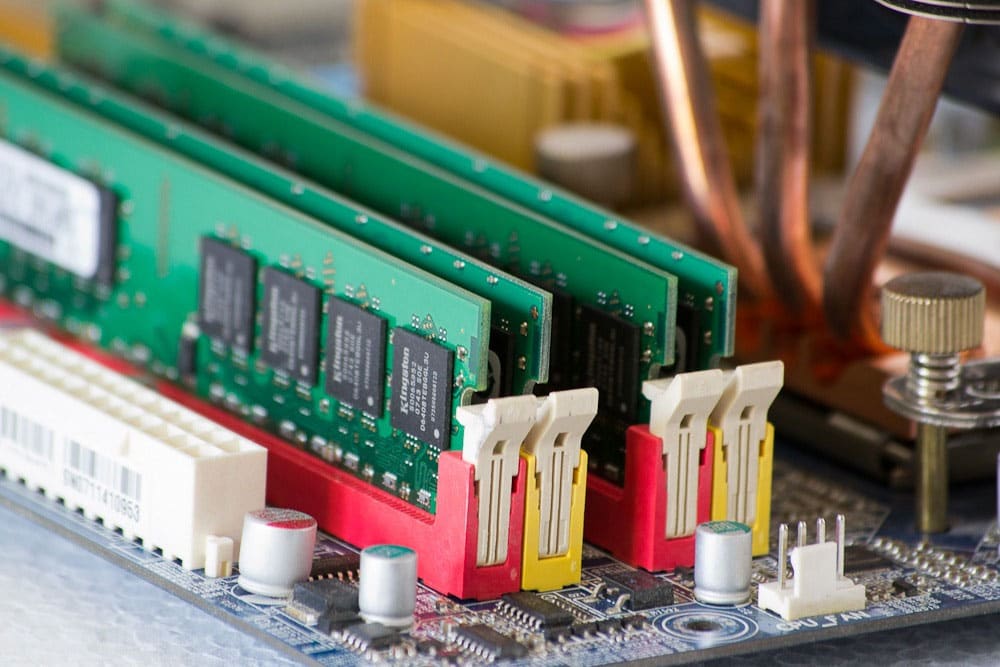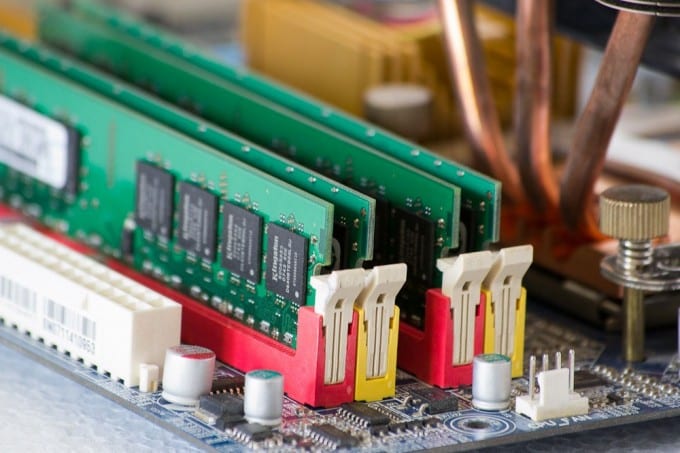M2M (Machine To Machine) Is Broken: And How To Fix It?

Machine to Machine promises to revolutionize the way we interact with machines, each other and the world around us – both as companies and individuals. In this opinion piece I’ll lay out some thoughts on what this looks like in practice, some of the areas that are broken and need fixing before it can actually come to fruition.
First off, let’s dream of what can be. Suppose you are driving alone for an important meeting and your car’s GPS detects you are stuck in traffic and that the car is stationary and has not moved for some time. It syncs this information with your phone and then it opens up an important presentation on your tablet – should you wish to read the PowerPoint while waiting in the traffic jam.
Here’s another scenario – you have to collect your suit from the dry cleaners and your GPS system reminds you that you are approaching the store. Your car has already contacted the cleaners to pre-flag your arrival and the store owner is ready with your suit. The store also may utilize M2M to offer a discount on the bill exclusively for you, based on your past transaction history. When you return to your car and leave for your next errand, the car system already has scouted a parking spot at your next destination. Welcome to the world of machine to machine conversations.
According to various industry analysts including Gartner, IDC and Ovum it is expected that there will be 50 billion devices by 2020 which will interact with us in some way or other each day. That’s six to eight devices per person on average. The future of services clearly is going to be a connected one, and while a long time services remained peripheral to a manufacturer’s core business, that’s no longer the case.
Contextual awareness and user centricity is pivotal for M2M implementations. A lot of the work hinges on making M2M responsive to user preferences. Vendors are developing M2M stacks that enable companies to implement next generation PoCs easily in multiple scenarios such as next generation automobiles, next generation retail and banking, etc. This technology weaves a magical world of connectivity and convenience for the consumer.
In such a market, outcome-oriented business solutions will make a crucial difference. A connected future born from intersection of next generation technologies like robotics, self-healing sensors and automobiles will drive, in turn, innovative business models spearheaded by M2M. As a result, companies will discover new revenue streams while consumers enjoy a highly-optimized and highly-convenient user experience.
Service-based business has been improving over the past decade, and the next big M2M leap beckons the manufacturing sector. Selling additional services – in addition to a core product – has become critical for the future growth of manufacturing companies. On average 26 percent of manufacturer revenue now comes from services. It’s much more profitable than the traditional means of profit generation, and thus, manufacturers specifically see services as an emerging opportunity.
Sounds great, right? Well, there are some pieces of this M2M vision that, currently broken, need to be fixed for M2M to work consistently. Additionally, some of the key factors that are pushing M2M technology forward are also the ones holding it back.
- Deployment of high speed infrastructure by mobile operators, which acts as the backbone of M2M is progressing at a pace which is yet to catch up with the expectation of the M2M industry overall.
- Another area that continues to be a roadblock is the need to optimize greater flows of data packets through gateways. For M2M to work, a much greater volume of data throughput than exists today is essential.
- Interoperability is also a concern. A unified technology standard is, again, something that has to be agreed upon for faster rollout of the service.
While awareness of these M2M limitations is important, they are not impeding the leaders in M2M field from taking advantage of upcoming major technology breakthroughs. In fact, M2M leaders continue to push the envelope in building a truly connected world – creating fresh solutions and innovating on new findings – to ensure the M2M ecosystem that is both convenient for consumers and profitable for enterprise is not as far away as you think.
Written by Dr. Anurag Srivastava, Sr. Vice President & Chief Technology Officer, Wipro and edited by Amy Canter at CEOWORLD Magazine.
>>> Dr. Anurag Srivastava at Wipro | @WiproTechnologies | @Wipro | LinkedIn
Add CEOWORLD magazine to your Google News feed.
Follow CEOWORLD magazine headlines on: Google News, LinkedIn, Twitter, and Facebook.
This report/news/ranking/statistics has been prepared only for general guidance on matters of interest and does not constitute professional advice. You should not act upon the information contained in this publication without obtaining specific professional advice. No representation or warranty (express or implied) is given as to the accuracy or completeness of the information contained in this publication, and, to the extent permitted by law, CEOWORLD magazine does not accept or assume any liability, responsibility or duty of care for any consequences of you or anyone else acting, or refraining to act, in reliance on the information contained in this publication or for any decision based on it.
Copyright 2024 The CEOWORLD magazine. All rights reserved. This material (and any extract from it) must not be copied, redistributed or placed on any website, without CEOWORLD magazine' prior written consent. For media queries, please contact: info@ceoworld.biz
SUBSCRIBE NEWSLETTER










